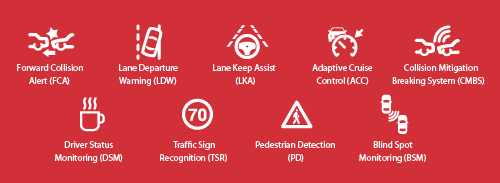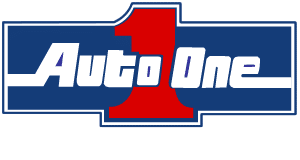If you have a cracked or damaged windshield and you are thinking of getting it replaced, there is one important step that may be needed to ensure your safety on the road. Be sure to talk to your repair technician upfront and ask if your windshield needs calibration.
Today’s windshields are more than just a piece of glass. New vehicles are equipped with a variety of safety features, often referred to as advanced driver assistance systems, or ADAS. Many of these ADAS features rely on cameras and sensors that are mounted in your windshield. After a windshield is replaced, the equipment needs to be calibrated to ensure it is working properly.
As windshields have evolved, the process of replacing windshields has gotten more complex. Calibration is critical for your safety and the safety of those around you. Without proper calibration, your vehicle may give false readings about the location of other cars and pedestrians on the road, which could lead to an accident.
Does my windshield need calibration?
 If you have any of the following safety features on your vehicle, then you will most likely need to have your equipment calibrated after your windshield replacement:
If you have any of the following safety features on your vehicle, then you will most likely need to have your equipment calibrated after your windshield replacement:
- Forward Collision Alert
- Lane Departure Warning
- Lane Keeping Assist
- Adaptive Cruise Control
- Automatic Braking
- Traffic Sign Detection
- Pedestrian Detection
- Blind Spot Monitoring
If you have any of these features on your vehicle, be sure to notify your repair technician at the time you schedule your appointment. They may ask you a series of questions to be sure they are ordering the right replacement windshield for your vehicle. If the repair shop can’t determine which type of windshield is needed just by talking with you over the phone, they may ask you to bring your vehicle in for an inspection before ordering the replacement glass.
How does the calibration process work?
Replacing a windshield can change the angle of the camera and sensors that are mounted there. A change in camera angle of just one degree can have a huge impact on the camera’s viewing area, which can affect how your vehicle’s ADAS features will work. Replacing a windshield also changes the lens that the camera is looking through (i.e. the glass of the windshield). Just as your eyes need to adjust to a new pair of glasses, the camera must adjust to this new viewing window.
The calibration process adjusts and tests all the cameras and sensors on your windshield to ensure they are still working properly after it is replaced. Even though it sounds simple, it is actually a complex process that requires special equipment and training. You will want to make sure that your technician is using the latest calibration equipment.
Auto One: Your Auto Glass Experts
The technicians at Auto One are experienced with calibration using a custom tool called Opti-Aim™. Once connected to the vehicle, Opti-Aim™ begins the camera aiming process and then works with the vehicle’s computer to optimize camera alignment and restore it to the manufacturer’s specifications. We offer a guaranteed, no-hassle warranty, and convenient same-day service at most of our locations. Call today or visit our website for a free online quote.



